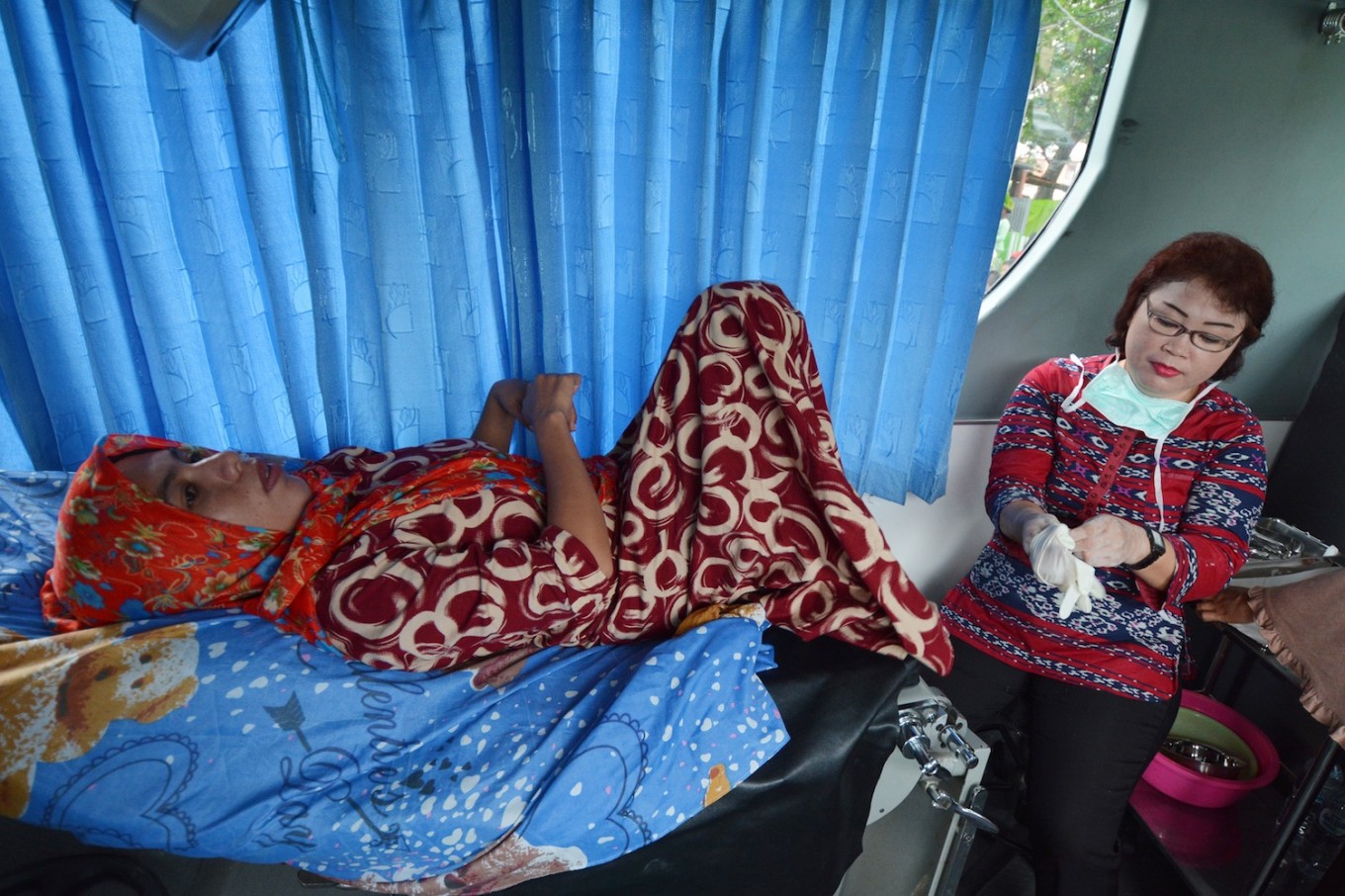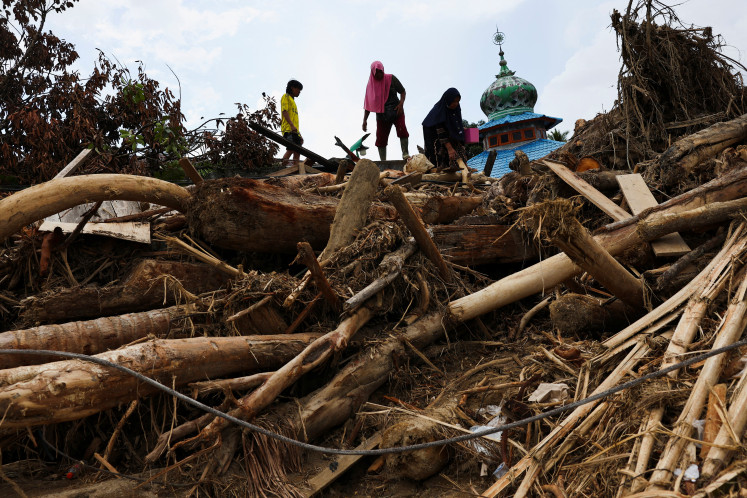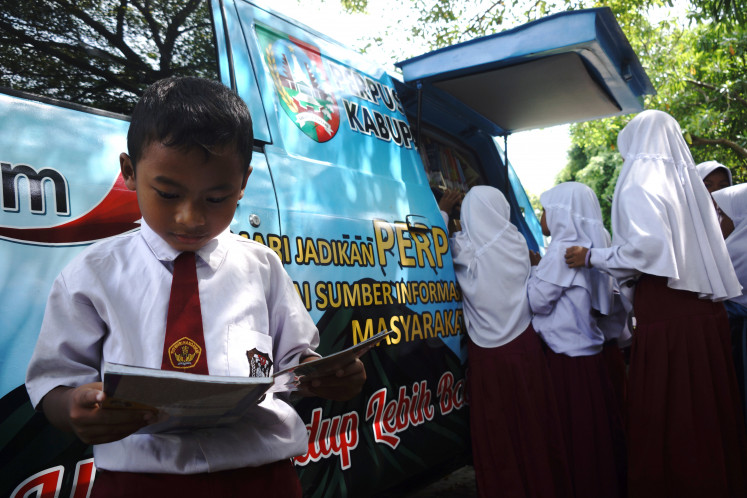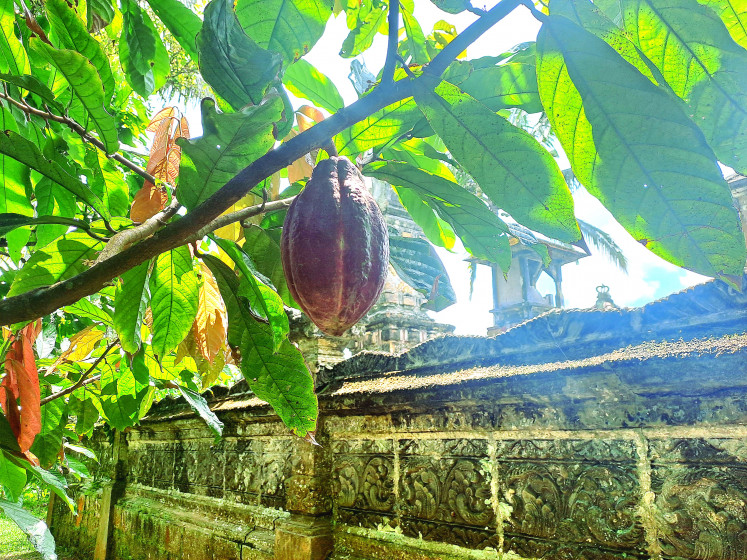Popular Reads
Top Results
Can't find what you're looking for?
View all search resultsPopular Reads
Top Results
Can't find what you're looking for?
View all search resultsRemote areas showing high maternal death rates
Change text size
Gift Premium Articles
to Anyone
T
he country is still recording high maternal mortality rates because a lot of mothers have not been able to access immediate treatment after giving birth because of their geographical location, the Indonesian Women’s Congress (Kowani) has said.
Kowani chairwoman Giwo Rubiyanto Wiyogo said on Sunday that the rate was particularly high in remote areas that lacked midwives and puskesmas (community health center).
“The two hours after a woman gives birth is a highly critical time, where a lack of facilities like midwives and puskesmas increase the possibility of mortality,” she said at an event commemorating Mother’s Day upcoming on Dec. 22.
The government has yet to update the latest maternal mortality statistics. However, in 2012, the country recorded 359 maternal deaths per 100,000 births, increasing dramatically from 2007 when there were 102 deaths per 100,000 births. The West Java Health Agency, on the other hand, recorded 823 maternal deaths in 2015, an increase of 10 percent from 748 in 2014.
Giwo added that another factor to the high rate was early marriage, which was still a common practice for Indonesians.
“Early marriage is still a normal thing in several regions like West Nusa Tenggara (NTB) and some villages in Java. It’s a potential trigger for health issues,” she said.
According to data from the NTB National Population and Family Planning Board (BKKBN), more than 40,000 couples from 1.5 million families in NTB got married when they were younger than 20 years old. (adt)










